Engaging English Learners: The Evolution Of "To Be" Games In 2025
Engaging English Learners: The Evolution of "To Be" Games in 2025
Related Articles: Engaging English Learners: The Evolution of "To Be" Games in 2025
Introduction
With enthusiasm, let’s navigate through the intriguing topic related to Engaging English Learners: The Evolution of "To Be" Games in 2025. Let’s weave interesting information and offer fresh perspectives to the readers.
Table of Content
Engaging English Learners: The Evolution of "To Be" Games in 2025

The verb "to be" is a cornerstone of English grammar, serving as the foundation for numerous sentence structures and conveying essential information about existence, state, and identity. Mastering this fundamental verb is crucial for English language learners (ELLs) to achieve fluency and express themselves effectively. While traditional exercises have their place, the future of "to be" instruction lies in the realm of engaging and interactive games.
The Landscape of "To Be" Games in 2025
The year 2025 will witness a significant shift in "to be" instruction, driven by advancements in technology and a deeper understanding of effective pedagogical practices. Here’s a glimpse into the evolving landscape:
1. Immersive Virtual Reality (VR) Experiences:
VR technology will revolutionize "to be" learning by creating immersive environments that engage learners on a deeper level. Imagine students stepping into a virtual classroom where they must use "to be" correctly to interact with virtual characters, navigate scenarios, and solve puzzles. This immersive experience fosters active participation and provides immediate feedback, accelerating learning.
2. Gamified Learning Platforms:
Online platforms will offer a plethora of interactive games designed specifically for "to be" practice. These games will incorporate elements of storytelling, puzzles, and challenges, making learning fun and engaging. Adaptive learning algorithms will tailor the difficulty level to each learner’s progress, ensuring a personalized and effective learning experience.
3. Augmented Reality (AR) Integration:
AR technology will blend the real and virtual worlds, creating interactive learning experiences that are both engaging and practical. Imagine learners using their smartphones or tablets to overlay digital information on their surroundings, practicing "to be" in real-world contexts, such as describing objects in their immediate environment or role-playing conversations with virtual characters.
4. Collaborative Learning through Virtual Worlds:
Virtual worlds will become platforms for collaborative learning, where ELLs from different parts of the world can connect and practice "to be" together. These virtual spaces will offer opportunities for role-playing, storytelling, and interactive language practice, fostering a sense of community and promoting peer-to-peer learning.
5. Personalized Learning Pathways:
The use of artificial intelligence (AI) will enable the creation of personalized learning pathways that adapt to each learner’s individual needs and learning styles. AI-powered tools will analyze learner data, identify areas of difficulty, and recommend specific games and activities to target those weaknesses.
Benefits of "To Be" Games in 2025
These innovative approaches to "to be" instruction offer numerous benefits:
1. Increased Engagement and Motivation:
Gamified learning environments create a fun and engaging atmosphere, making learning more enjoyable and motivating for ELLs. The element of competition and the desire to achieve success can drive learners to actively participate and strive for mastery.
2. Enhanced Language Acquisition:
Immersive and interactive games provide repeated exposure to the verb "to be" in various contexts, facilitating natural language acquisition. The immediate feedback provided by these games allows learners to identify and correct errors, reinforcing correct usage and accelerating learning.
3. Development of Practical Communication Skills:
"To be" games that incorporate role-playing and real-world scenarios help learners develop practical communication skills. By using "to be" in authentic contexts, they gain confidence in expressing themselves effectively in everyday situations.
4. Improved Memory and Retention:
The interactive nature of games helps learners retain information more effectively. By actively engaging with the material, they create stronger neural connections, leading to better memory and recall.
5. Fostering a Positive Learning Environment:
Games promote a positive and supportive learning environment where learners feel comfortable making mistakes and learning from them. The collaborative nature of some games encourages peer support and fosters a sense of community among ELLs.
FAQs
Q: How can "to be" games be adapted for different learning styles?
A: "To be" games in 2025 will be designed to accommodate diverse learning styles. Some games will emphasize visual learning through interactive graphics and animations, while others will focus on auditory learning through spoken dialogue and sound effects. Games can also incorporate kinesthetic learning through physical activities and simulations.
Q: How can "to be" games be used to promote cultural understanding?
A: "To be" games can be designed to incorporate cultural elements and promote cross-cultural understanding. For example, games could feature stories and scenarios set in different countries, allowing learners to explore different cultures and learn about their customs and traditions.
Q: How can "to be" games be integrated into traditional classroom settings?
A: "To be" games can be seamlessly integrated into traditional classroom settings. Teachers can use these games as supplemental activities, homework assignments, or as part of their regular lesson plans. They can also use these games to differentiate instruction and cater to the needs of individual learners.
Tips
1. Choose games that align with learning objectives: Select games that specifically target the desired learning outcomes for "to be" instruction. Ensure the games address specific grammatical points, tenses, and usage contexts.
2. Provide clear instructions and support: Explain the game rules and objectives clearly to learners, providing any necessary support or scaffolding. Ensure that the games are accessible and understandable for all learners, regardless of their proficiency level.
3. Encourage active participation and collaboration: Create a learning environment where learners feel comfortable participating and collaborating. Promote peer-to-peer learning and encourage learners to support and help each other.
4. Monitor progress and provide feedback: Regularly monitor learner progress and provide constructive feedback. Identify areas of difficulty and adjust the game selection or difficulty level accordingly.
5. Celebrate successes and foster a positive learning environment: Recognize and celebrate learner achievements, fostering a positive and encouraging learning environment. Create a sense of community and encourage learners to support each other’s progress.
Conclusion
The future of "to be" instruction lies in the realm of engaging and interactive games. By embracing innovative technologies and pedagogical practices, educators can create immersive, personalized, and effective learning experiences for ELLs. These games will not only accelerate language acquisition but also foster a love of learning and a deeper understanding of the fundamental verb "to be." As we move towards 2025, the evolution of "to be" games will continue to shape the landscape of English language learning, empowering ELLs to achieve fluency and confidently express themselves in the global community.
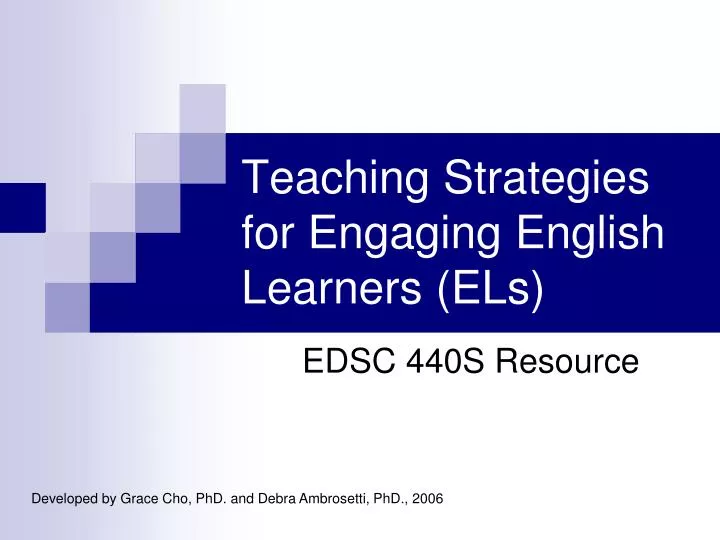
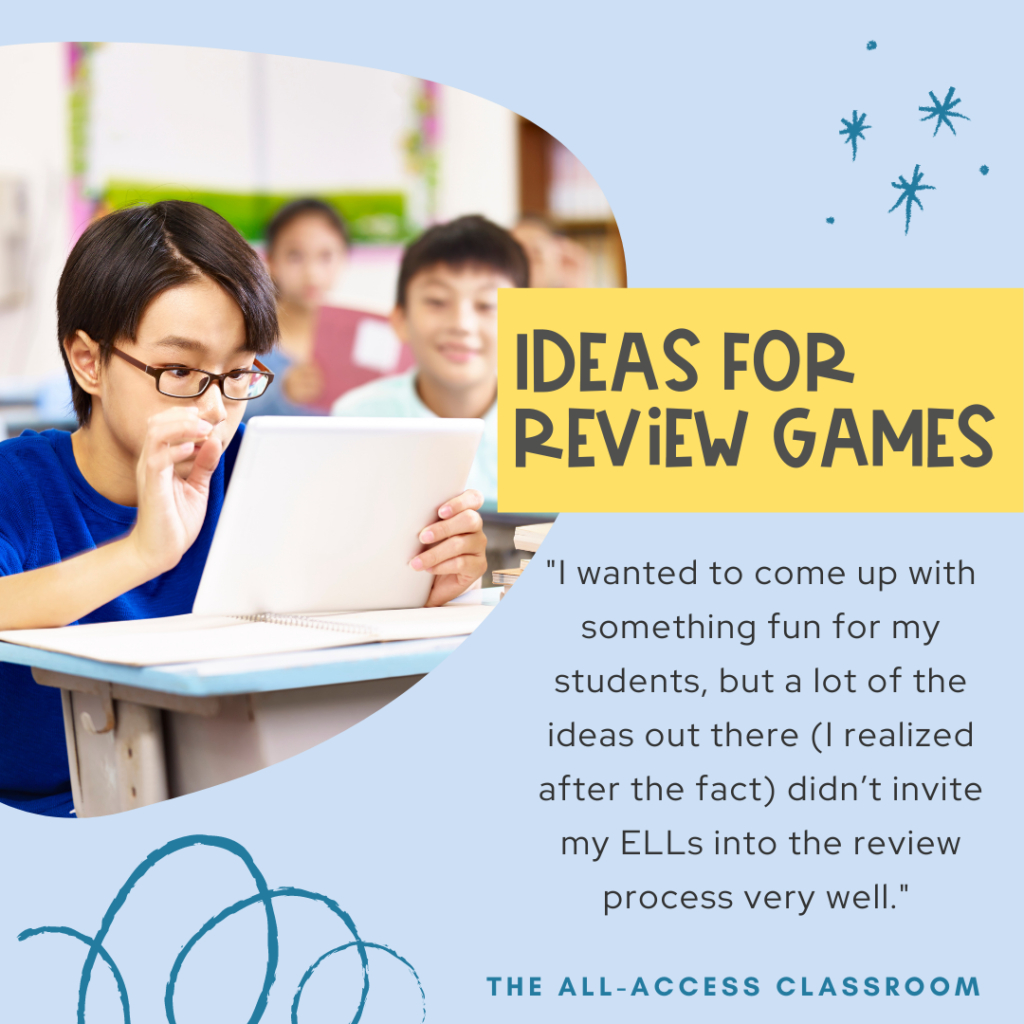
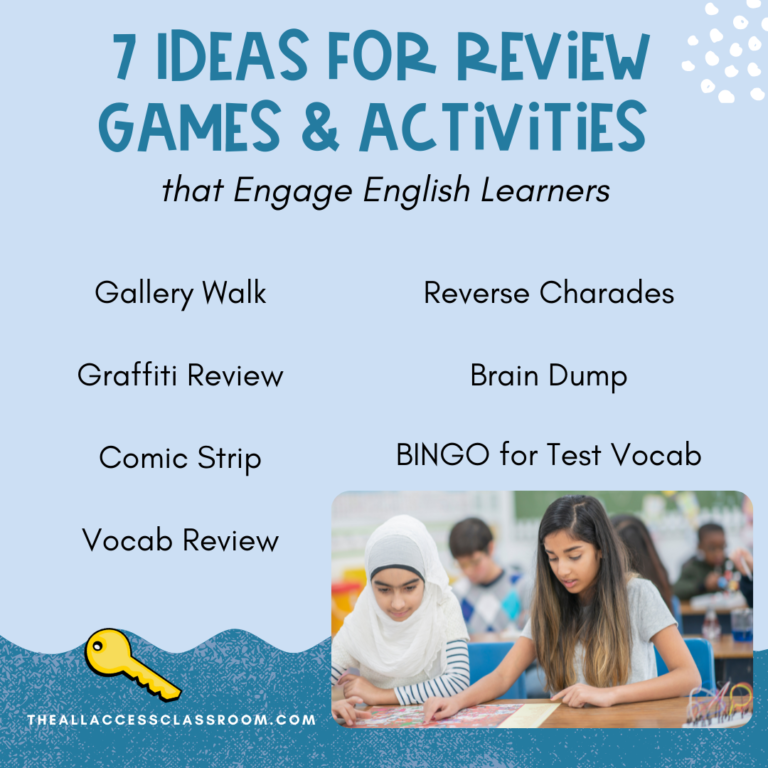
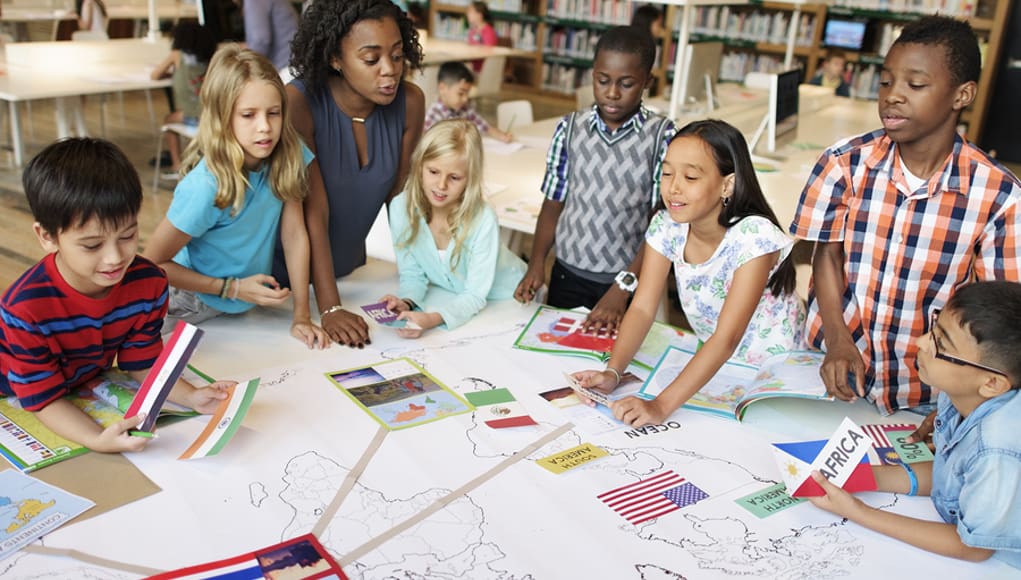
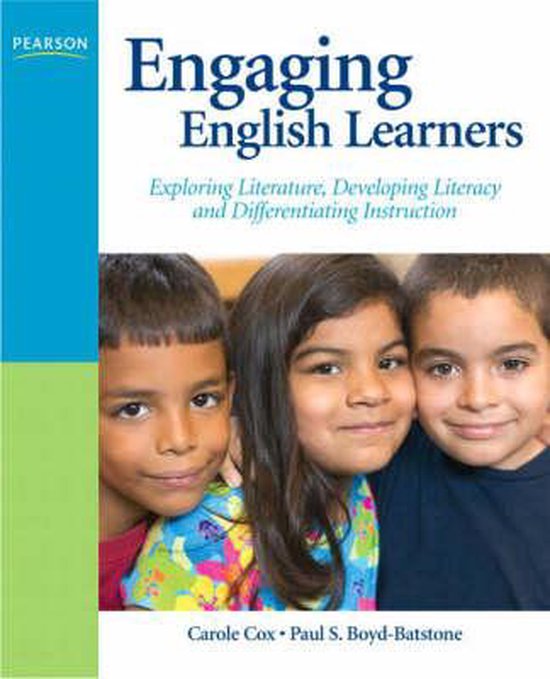
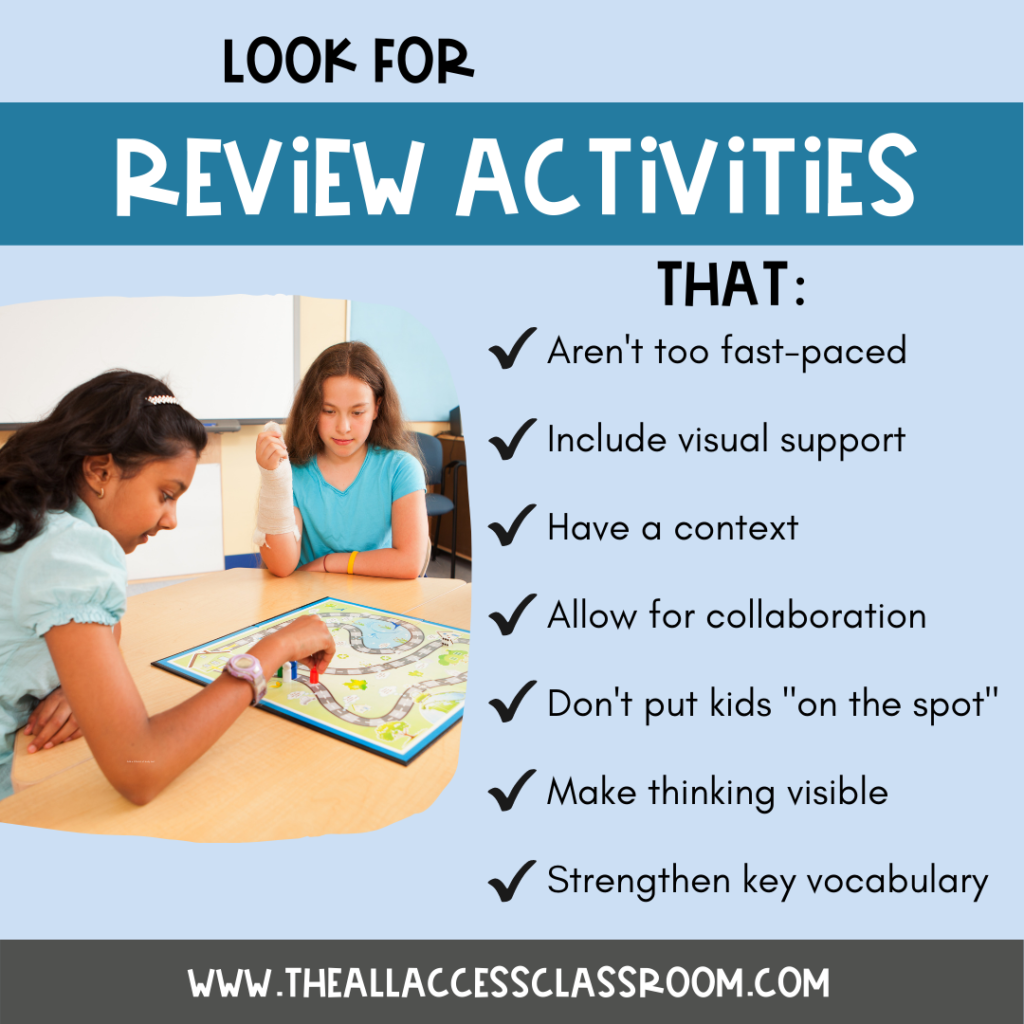
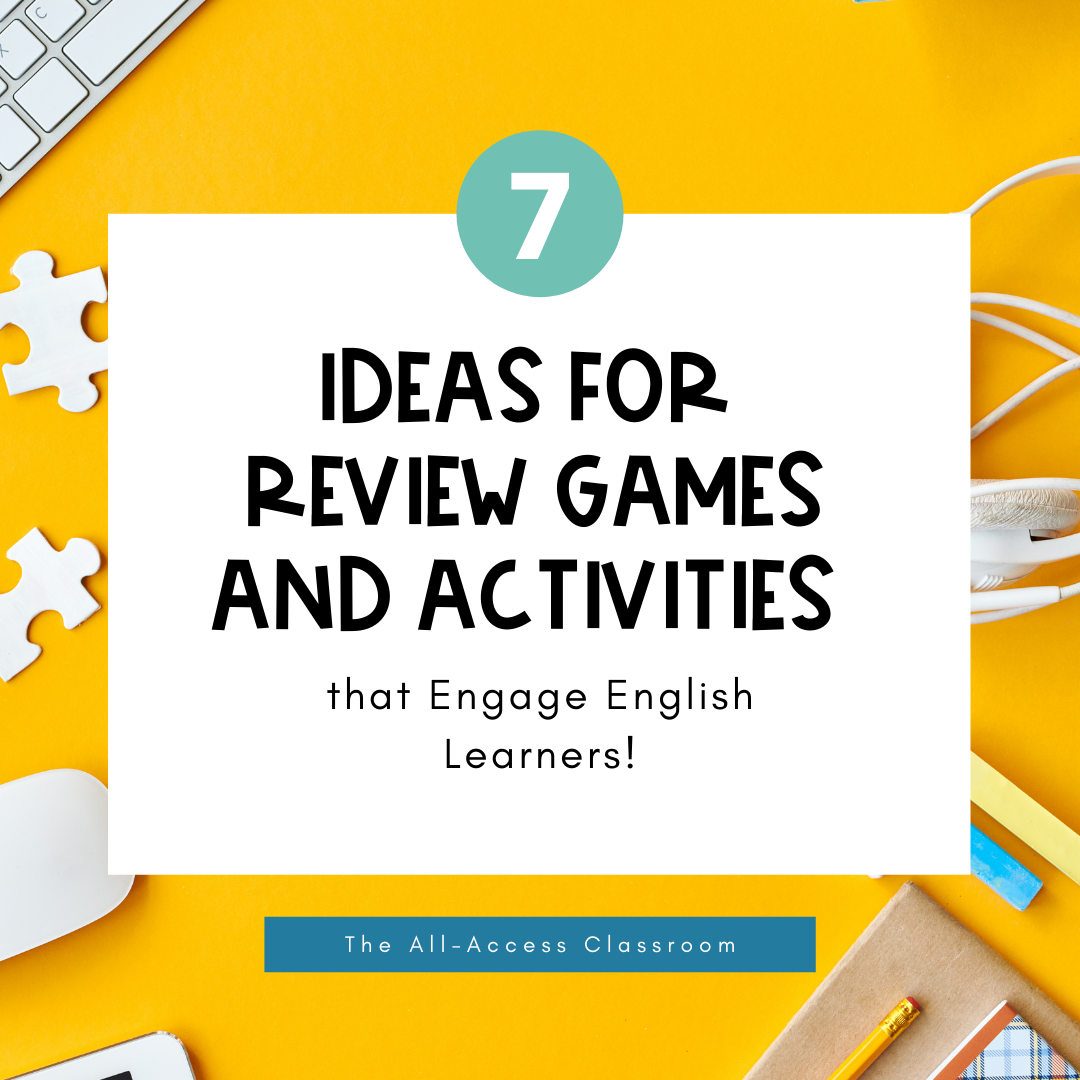
Closure
Thus, we hope this article has provided valuable insights into Engaging English Learners: The Evolution of "To Be" Games in 2025. We appreciate your attention to our article. See you in our next article!
You may also like
Recent Posts
- The Evolving Landscape Of Online Gaming In 2025: A Look At Emerging Trends And Innovations
- The Evolving Landscape Of Online Gaming On PS4 In 2025: A Glimpse Into The Future
- The Evolving Landscape Of Free Online Gaming: A Look Into Microsoft’s Vision For 2025
- The Evolution Of Online Slots: Exploring The Landscape Of Free Play In 2025
- The Enduring Charm Of 8-Bit: Exploring Online Retro Gaming In 2025
- The Evolving Landscape Of Free Virtual Games: A Glimpse Into 2025
- The Evolving Landscape Of Online Two-Player Games For Kids: A Look At 2025
- Wordplay In The Digital Age: Exploring The Evolution Of Online Word Games In 2025
Leave a Reply